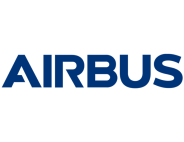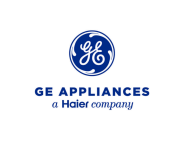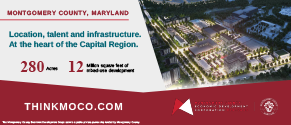
Three-Year Trend of Rising Profitability in Architecture/Engineering Industry
26 Apr, 2017
Zweig Group has released the 2017 Financial Performance Survey of Architecture, Engineering, Planning and Environmental Consulting Firms. The annual publication is based on a survey of industry firms, and is compiled with analysis from Zweig Group’s team of industry experts.
The survey found net service revenue per employee (NSR/FTE) reached a 10-year high this year, with the efficiency of firms’ labor continuing to outpace average inflation rates in the United States. NSR/FTE climbed from $137,113 last year to $141,891.
Over the past five years, NSR/FTE growth averaged near 12 percent, five points above U.S. average inflation of 7 percent for that time frame.
Since 2013, pre-tax, pre-bonus profit as a percentage of gross revenue has risen each year. This year, profits grew from 9.9 to 11.6 percent of gross revenue. As a percent of net service revenue (NSR), profit rose from 12.7 to 14.6 percent. “2016 was a great growth year for firms and provides ample opportunity for leaders to invest in their firms,” says Zweig Group director of research, Will Swearingen.
A measure of profitability, the breakeven multiplier, shows the dollar amount a firm must generate through direct labor to cover all labor and overhead costs. The overall median was 2.54, meaning a typical firm needs to generate $2.54 for every $1.00 spent on direct labor. As expected, high-profit firms led the way with a breakeven multiplier of 2.45 and low-profit firms lagged the sample with a breakeven multiplier of 2.91.
The last few years, lower interest rates across the U.S. have provided opportunities for firms to take advantage of low-cost capital. Debt to equity values moved up to 1.04 this year from 0.80 last year. Researchers were pleased to see that the average collection period for accounts receivable came back to earth from last year’s nearly 3-month collection period, down to around 75 days. “This is still a bit high. Extended collection periods can have a great impact on cash flows, bad debt write-offs and eventually impact a firm’s liquidity position,” says Swearingen.
Backlogs continue to increase year-over-year with an average of 7.2 months. Firms working predominantly in the public sector reported higher backlogs (8.2 months), compared to predominantly private sector firms (6.1 months). Public sector firms also grew staff at a higher rate than private sector firms, adding 11 percent to their headcount where private sector firms grew by less than 7 percent.
For more information on this survey visit: zweiggroup.com/surveys
Related Posts
-

Airbus inaugurates new A320 Final Assembly Line at Mobile facility
-

Welspun Tubular to Invest $150 Million in New LSAW Pipe Mill in Little Rock, Arkansas
-

Whirlpool Corporation Announces $300 Million Investment in U.S. Laundry Operations, Creating 400-600 New Jobs in Ohio
-

Merck Breaks Ground on $3 Billion Center of Excellence for Pharmaceutical Manufacturing in Elkton, Virginia
-

Eos Energy to Relocate Headquarters to Pittsburgh and Expand PA-Based Battery Manufacturing Operations in Allegheny County with $353 Million Investment
-

GE APPLIANCES ANNOUNCES HISTORIC $3 BILLION INVESTMENT TO EXPAND U.S. MANUFACTURING
-

RADIANCE TECHNOLOGIES ANNOUNCES $370 MILLION MICROCHIP FACILITY IN NORTH LOUISIANA TO BOLSTER AND SECURE NATIONAL SUPPLY CHAINS
-

JOHNSON & JOHNSON CONTINUES U.S. INVESTMENT WITH $2 BILLION COMMITMENT TO ENABLE MANUFACTURING AT STATE-OF-THE-ART NORTH CAROLINA FACILITYJOHNSON & JOHNSON CONTINUES U.S. INVESTMENT WITH $2 BILLION COMMITMENT TO ENABLE MANUFACTURING AT STATE-OF-THE-ART NORTH CAROLINA FACILITY
-

stow GROUP TO CREATE 200 JOBS IN GORDON COUNTY, GEORGIA
-

PHILIPS ANNOUNCES PLAN FOR MORE THAN $150 MILLION USD OF NEW INVESTMENT IN MANUFACTURING AND R&D IN THE U.S. TO EXPAND PRODUCTION OF AI-POWERED HEALTH TECHNOLOGY INNOVATIONS










